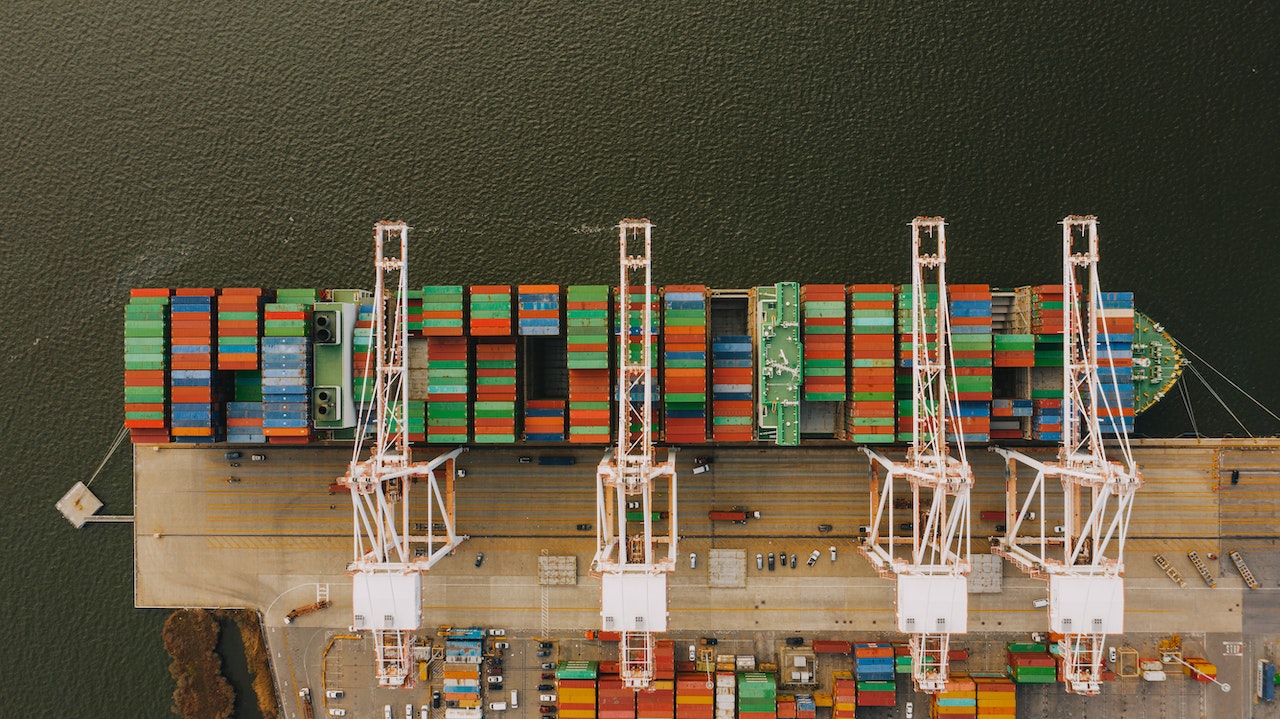Creating a simple deployment in Azure Kubernetes Service using YAML (Less than 5 min)
Declarative approach...

Introduction
In my previous blog posts, we have seen imperative approaches for creating pods, deployments, replica sets and exposing them to load balancer service. The links below are for your reference.
- DEPLOY NGINX APPLICATION IN AKS (LESS THAN 5 MIN)
- DEPLOY A NEW VERSION OF THE APPLICATION IN AKS (LESS THAN 5 MIN)
- DRY RUN OF REPLICAS IN AZURE KUBERNETES SERVICE (LESS THAN 5 MINUTES)
YAML Basics
YAML is a human-readable data serialization language used for configurations and many other purposes. YAML stands for Yet Another Markup Language. If you are familiar with Python, you can correlate the indentation. Yes, YAML follows the same indentation. Below is the different data formats used in the YAML
YAML is case sensitive.
Simple Key-Value pairs
name: Chen
department: IT
city: Bangalore
Dictionary
person:
name: Chen
department: IT
city: Bangalore
Array
skills:
- Azure
- IT Automation
- PowerShell
- Python
More than one list
employees:
- name: Chen
city: Bangalore
- name: Shashi
city: Bangalore
Project Folder Structure
📦Collabrains.Cloud
┣ 📂database
┃ ┗ 📜employee.json
┣ 📂manifest
┃ ┣ 📜create-deployment.yaml
┃ ┗ 📜create-service.yaml
┣ 📜Dockerfile
┗ 📜employee-rest-api.ps1
Deploy a REST API in AKS! To begin with, let us follow a simple project structure. The employee.json file underneath the database folder is the source of employee information.
{
"employee": [
{
"Id": "1",
"FirstName": "Chendrayan",
"SurName": "Venkatesan",
"Country": "India",
"City": "Bangalore",
"DateOfJoining": "June 16, 2008"
},
{
"Id": "2",
"FirstName": "Shahsi",
"SurName": "Shetty",
"Country": "India",
"City": "Bangalore",
"DateOfJoining": "January 01, 2010"
},
{
"Id": "3",
"FirstName": "Matt",
"SurName": "Hans",
"Country": "Nederlands",
"City": "Amsterdam",
"DateOfJoining": "March 03, 2005"
}
]
}
The main file is employee-rest-api.ps1, and this code hosts a REST API to serve other applications.
Start-PodeServer {
Add-PodeEndpoint -Address * -Port 3000 -Protocol Http
Add-PodeRoute -Method Get -Path '/employee' -ScriptBlock {
$Employee = Get-Content .\database\employee.json -Raw
Write-PodeJsonResponse -Value $($Employee)
}
Add-PodeRoute -Method Get -Path '/employee/:id' -ScriptBlock {
$Employee = ((Get-Content .\database\employee.json -Raw | ConvertFrom-Json).employee).Where(
{
($_.Id -eq $WebEvent.Parameters['id'])
}
)
Write-PodeJsonResponse -Value $($Employee)
}
}
Dockerize the application (Dockerfile)
FROM mcr.microsoft.com/powershell:latest
WORKDIR /usr/src/app/
COPY . .
RUN pwsh -c 'Install-Module Pode -force'
CMD [ "pwsh", "-c", "cd /usr/src/app; ./employee-rest-api.ps1" ]
Build, tag & Push the docker image
PS C:\AKS-Learning\Collabrains.Cloud> docker build -t chenv/employee-rest-api:v1.0.0 .
PS C:\AKS-Learning\Collabrains.Cloud> docker push chenv/employee-rest-api:v1.0.0
Deployment Definition (create-deployment.yaml)
Required Fields : apiVersion, kind, metadata, spec
apiVersion: apps/v1
kind: Deployment
metadata:
name: myapp
spec:
selector:
matchLabels:
app: myapp
template:
metadata:
labels:
app: myapp
spec:
containers:
- name: myapp
image: chenv/ps-web-app:v1.0.0
resources:
limits:
memory: "128Mi"
cpu: "500m"
ports:
- containerPort: 80
Service Definition (create-service.yaml)
Required Fields : apiVersion, kind, metadata, spec
apiVersion: v1
kind: Service
metadata:
name: deployment-loadbalancer-service
spec:
type: LoadBalancer
selector:
app: webfrontend
ports:
- name: http
port: 80
targetPort: 3000
Deployment & Expose
PS C:\> kubectl apply -f .\manifest\create-deployment.yaml
PS C:\> kubectl apply -f .\manifest\create-service.yaml
References
- Kubernetes Objects
- Understanding Kubernetes Objects
- Deploy Docker image to Azure Kubernetes Service AKS using YAML files & kubectl
- Pode
- PowerShell Microservice - Hello World
- Kubernetes YAML Generator
Credits
dfinke - PowerShell Microservice is very helpful.
Summary
Awesome, now that we know how to do deployments using YAML (declaratively). There are lot more in AKS..,. Please feel free to subscribe to my YouTube channel - iAutomate and follow me on twitter ChendrayanV






Comments
Nothing yet.